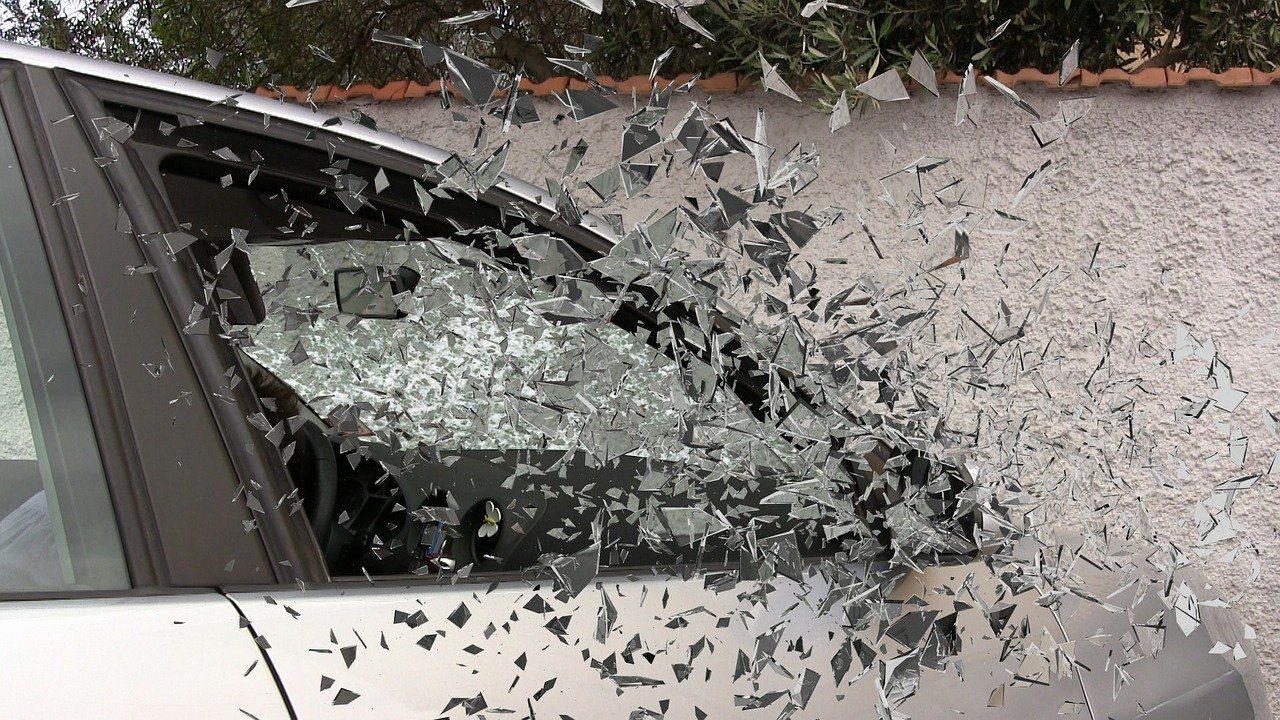The coronavirus pandemic has led to a variety of challenges for people around the globe, and here at home in Canada. An unexpected one, is that reckless driving has also been an infectious virus, hitting drivers everywhere.
Due to lockdowns and remote work, there are far fewer cars on the road, which has led to one seemingly positive result: Total traffic accident deaths across Canada were reduced by 34% in the early stages of the pandemic. That’s the good news.
The bad news is that traffic fatalities did not drop at the same rate as the amount of traffic. Although specific numbers are not available for Canada, international studies have shown that, globally, while traffic volume dropped by about 50% in the first half of 2020, deaths dropped only about 33%. Fatal crashes per kilometre driven are up considerably.
Some of the worldwide numbers are shocking:
In New York City, the ratio of fatal traffic accidents to all collisions rose 167% early in the pandemic. In Chicago, the deadly collisions ratio rose 292%. In Madrid, Spain, the fatality rate compared to all collisions soared by 470%.
The question is why? Studies have turned up a number of reasons:
- Increase in speeding
- Increase in distracted driving
- Increase in impaired driving
- Increase in ‘stunt’ driving (over 50 km/h above speed limit)
All of the above can be summarized under one umbrella: Reckless driving.
In fact, the Ontario Provincial Police reports that dangerous driving charges increased by 200% over the summer.
Zendrive studies have shown that cell phone use while driving was up 38% after the lockdowns began, while speeding was up 27%. Even Zoom video conferencing has made its way into some drivers’ habits!
A Reckless Equation
Experts have posited a two-fold explanation for these reckless driving behaviours: Emptier streets, and the type of drivers on those streets.
On next-to-empty streets, when there is less traffic to slow drivers down, the inclination is to drive faster. And then there is the type of driver that took to the roads during lockdowns: The report by the National Highway Traffic Safety Administration reasonably suggests that people who were out driving despite stay-at-home orders are likely more willing to take risks (speeding, mobile device use, DUI) than those more risk-averse who obeyed the lockdown to stay safe at home.
Thus, riskier drivers plus emptier streets equals more reckless driving.
When it comes to speeding, the data shows that higher speeds lead to more catastrophic collisions. “Faster travel, whether or not actually exceeding the speed limit, increases the chance of fatalities in a crash,” the NHTSA report says. “And drivers were more likely to engage in other risky behaviors as well. Data collected from trauma centers show an increase in drug and alcohol use by drivers and a decrease in seat-belt use for all vehicle occupants.”
In addition, heavy truck volume was not down as much as car volume during the pandemic, as they were still needed to deliver essential goods and food. Naturally, crashes involving heavy trucks are often more severe than those with automobiles.
All of this adds up to a substantial rise in the rate of serious accidents and fatalities per kilometre driven. It’s now more important than ever that drivers are aware of what to do in the event of a motor vehicle accident. We will address this in our next blog.
If you or a loved one are involved in a serious traffic accident, call Horowitz Injury Law immediately for a free no-cost consultation. Brian A. Horowitz has nearly 35 years of experience getting accident victims the compensation they deserve.




